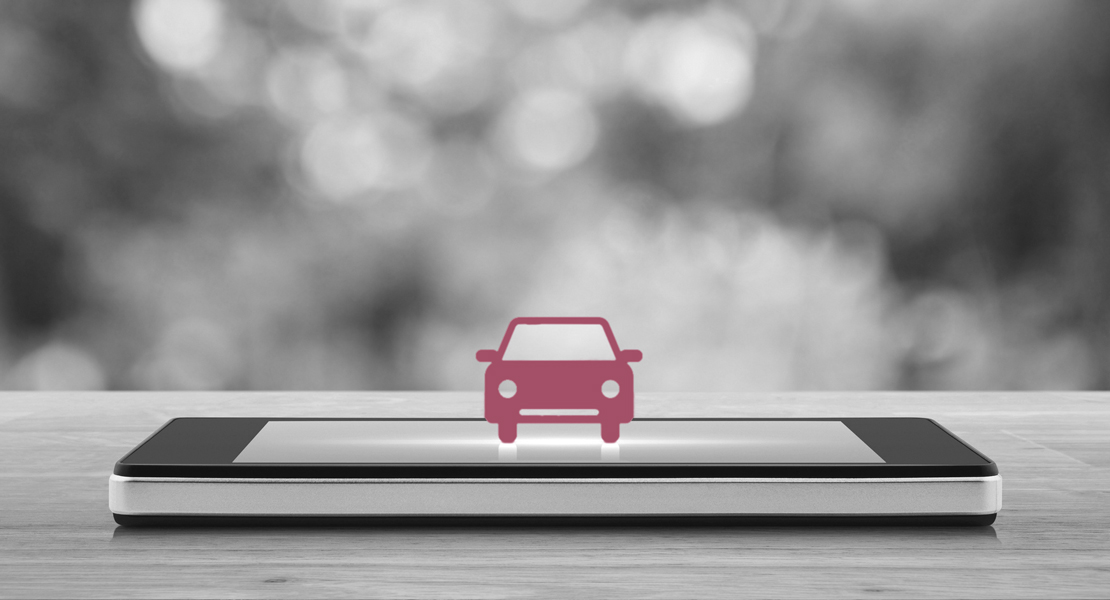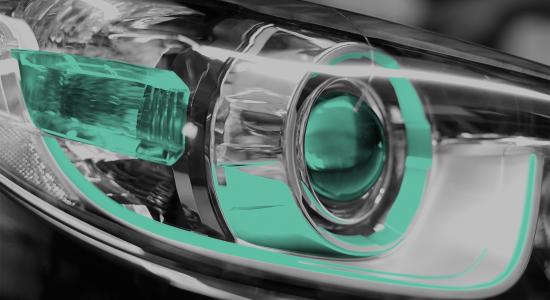The new Detecon study examines whether and to what extent the automotive industry is already offering the younger digital generation an appropriate customer journey in after sales.
Which aspects were analyzed?
The digital after-sales customer journeys of the German OEMs BMW, Daimler, Audi and VW as well as the Swedish representative Volvo do not yet comprehensively meet the requirements of the digital generation. This is the conclusion of the Detecon study "Digital Customer Journey After Sales". Although there is a multitude of efforts and activities for the digitalization of the aftersales customer journey, there is still untapped potential, particularly in the areas of seamless integration.
In a non-representative study, the customer journeys for the online purchase of accessories were analyzed and evaluated, and the components web presence, online appointment scheduling and online shop (products and fulfillment) were looked at more closely. For this purpose, the web presences of the National Sales Companies (NSCs) as well as selected branches and dealers were examined.
Main findings of the after sales study
- Digital customer journeys in after sales at all OEMs and distributors not yet geared to the needs of digital natives - clear focus on sales of new vehicles compared to after sales business remains
- Frequent visual and functional differences in the touchpoints of branches and distributors result in a changing customer journey
- Online shops not yet fully integrated into OEM sites Stand-alone with focus on the sales process
A summary of further findings
Online purchase of accessories
At the time of the investigation, not all OEMs investigated are able to order accessories online and have them delivered. In some cases, online catalogues without ordering and purchasing functions are still used. Some distributors also operate their own online shops that are independent of the NSC. Across all OEMs and distributors, it can be observed that the development of the shops and the associated customer journey is still in its infancy. The focus of the shops is increasingly on the pure sales and delivery process, while advertising and cross-selling potentials are hardly used. And the integration of online shops into the OEM world is far from complete, as the shops often stand alone without a holistic integration of the after sales customer journey.
Web presence of the OEMs
In the digital world, web presence is often the first point of contact for a customer in his after sales journey. Even if he addresses his request first in a search engine, he will quickly find the website of the NSC, the local branch or the distributor. The websites are well listed in Google searches across all brands, according to the study. The study also investigated how consistent the web presence of the NSC website, the websites of the branches and those of the dealers are. It was noticeable that the distributor websites in particular have very different web presences across all brands, both in design and in scope and structure. Templates provided by the NSCs, which are based on the design of the OEM website, are almost always used by the branches, but have a much lower penetration among the distributors. These rely on their own designs and solutions for the most part.
What almost all websites have in common, however, is that after sales products and content are placed only somewhat prominently. On the attractively designed and intuitively operated home pages, they hardly ever take place and can only be found via various menus. In addition, the sub-pages often do not keep up with the attractiveness and intuitiveness of the start pages. Similar to websites, social media channels such as Facebook, Instagram or YouTube are used by NSCs, branches or distributors almost exclusively for advertising vehicles.
Online appointments
Car owners can make an appointment with their garage directly via the browser on their PC or the app on their smartphone. On the positive side, all of the OEMs surveyed offer such tools and most of the branches already make these tools available to their customers. The penetration rate among distributors is not yet at the same level. In addition, many distributors rely on their own third-party solutions, so that some tools are also used across brands. Only at BMW did all branches and distributors use the same software.
What all the tools used have in common - regardless of whether they are OEM or third-party - is the user-friendly interface. In addition, all tools have almost identical functionality with which a binding appointment can be reserved for a selected service. Furthermore, in most cases it is possible to reserve additional services such as replacement mobility. However, all tools do not display information on prices. Furthermore, only the OEM's own tools (e.g. VW we or Mercedes me) can access the vehicle data and transmit it directly to the distributor or workshop. It turned out that the online appointment scheduling tools still stand very much on their own and that they are not yet optimally integrated into the vehicles, the online shop or the apps. However, this integration would open up a lot of potential for future developments.
Online shop products
In addition to the websites and the possibilities for making appointments online, the available online shops for original parts and accessories were also examined. They offer the OEM a direct end customer contact point and are seen by experts as an important offer for the future distribution of original parts and accessories. However, not all of the OEMs examined today have a fully comprehensive online shop. Only BMW and Daimler had online shops where customers could search and buy spare parts and accessories. These two shops have a comprehensive range of products and an attractive design with intuitive operation. In addition to the OEM shops, online shops of selected distributors were also examined. For the most part, these can also impress with a comprehensive range of products and an appealing design with intuitive operation.
Often the shop experience cannot be individualized for the customer. In some shops, the customer can use the VIN (Vehicle Identification Number) to limit results to the parts that are relevant for him or her. However, they can rarely create a profile with their vehicle data or even their central customer ID. To do this, the "shops" are sometimes limited to the functionalities of an online catalog. Products can be searched and selected, but cannot be put into a shopping cart and purchased. Moreover, in some places there is a lack of support or assistance in the purchasing process in the form of detailed descriptions, videos, pictures or chats.
Online shop fulfillment
In addition to the functionalities of the online shop, selected fully comprehensive online shops for original and accessory parts were evaluated according to their fulfillment capabilities. All processes taking place after confirmation of the purchase were examined. It was noticed that in almost all tested shops the customer can choose between home delivery or pick up at a selected retailer. In most cases, the shipping options are limited to a single parcel service. If the customer has questions or needs help, for example in the case of a return, the only option is usually personal contact with the retailer or e-mail and telephone, although availability could be extended after 6 pm. Chat or messenger functions could not be found in any shop.
All shops examined, whether OEM or retailer shop, scored points with short delivery times: Shipments were usually delivered within the specified time window. Returns were also easy to handle, and some deliveries even included the return coupon and shipping label. In addition, the delivered products were, as expected, delivered without damage. It was noticeable that often a lot of packaging material was used. In the interests of sustainable delivery, it is recommended that one or two layers of packaging be dispensed with in future.
Conclusion
Overall, OEMs are making efforts to offer the younger digital generation an attractive customer journey. With modern websites, online appointment facilities and extensive online shops, the first steps in the right direction have been taken. No OEM has been able to clearly differentiate from the rest. Although BMW and Daimler are slightly ahead in one component or the other, the difficulty of seamlessly and integrally mapping the digital customer journey in after sales can be seen in all five OEMs surveyed. Overall, the shops and tools still stand too much on their own and are not sufficiently integrated into the other services.
Download the study "Digital Customer Journey After Sales" for free.








